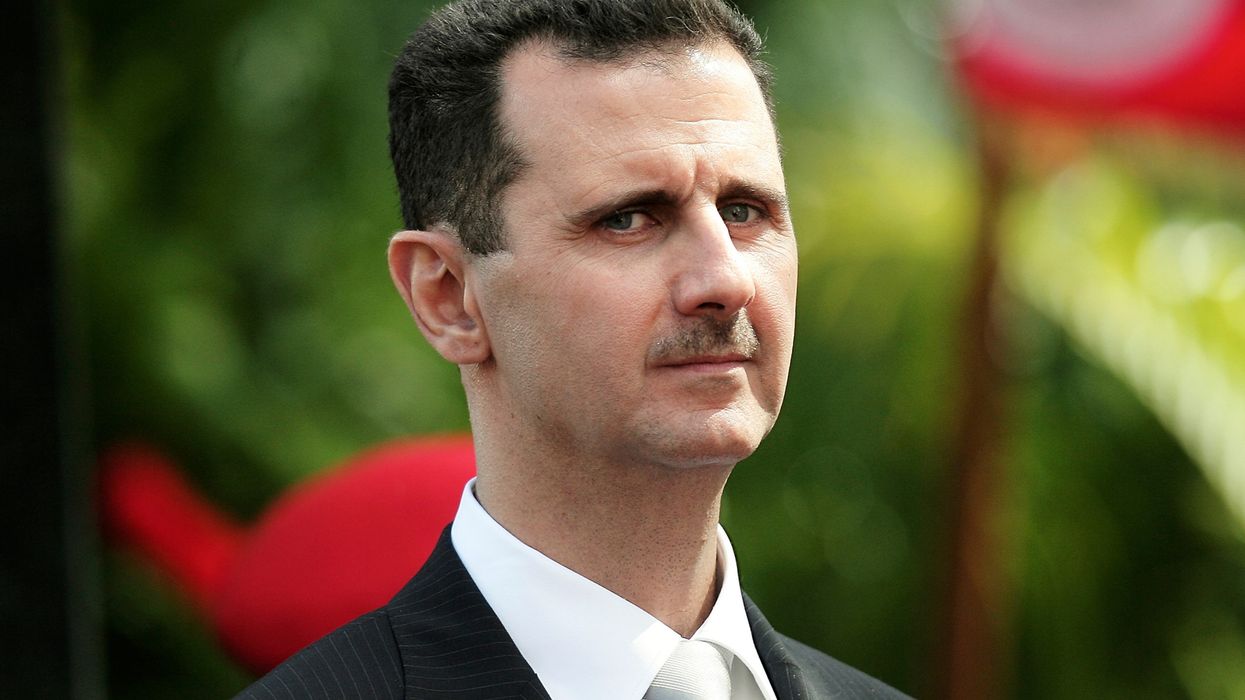A March 19 travel advisory from the State Department urged American citizens traveling and living abroad to, in so many words, “Get yourselves home, but don’t expect us to help you do so.”
Members of Congress are writing Secretary of State Mike Pompeo to ask why their constituents are trapped overseas with no options for assistance. With little direction or assistance from leadership in Washington, many State Department personnel have been working tirelessly the world over to help Americans with what means they have available, with very mixed results.
In some countries, all assistance has shut down. Secretary Pompeo subsequently announced the creation of a task force to assist with bringing Americans home, but its capacity is still well below the need and demand.
Meanwhile, American commercial aviation has largely grounded international flights, and hundreds of wide-body airplanes have been parked in response. Industry leadership is asking for large government handouts while pilots are sitting at home wondering if they’ll have a job in a few months, or weeks. If only we could find a way to combine this available resource with the urgent need!
As it turns out, there is, and it’s called the Civil Reserve Air Fleet (CRAF). My partner, a pilot with a major U.S. airline, is part of it. Certified U.S. carriers participate in CRAF through agreements with the Department of Defense to provide airlift requirements in times of need.
This relationship between our military and the civilian aviation industry has been around since the 1950s. Most recently, it has been activated to ferry troops during the Iraq War. It could be adapted now to provide the framework for activating large-scale multi-country evacuations of American citizens in need. Embassy staff on the ground could provide the outreach and information to American citizens, checking documents, issuing seats, and helping to manage screening. Many airline pilots, flight attendants, and other staff would be eager to play their part. The effort would be similar to a program underway right now by the Canadian government to partner with its nation’s airlines to do the same.
Some of my Foreign Service friends will no doubt join me in deep sighs about American citizens who failed to heed the early warnings, urging Americans to get out when reasonable commercial options were readily available. But we’ve passed that time now, and many thousands of Americans are still in dire need, in countries that one could reasonably have thought a week ago would still be functioning normally today.
Utilizing CRAF now to meet these needs would require close cooperation between the Department of Defense, the State Department, and the commercial airline industry. Luckily, our government has significant experience doing just that.
During a wartime evacuation effort which I helped lead in South Sudan in 2013, we scrambled to provide 19 military and civilian evacuation flights over a two-week period to get American citizens out of harm’s way. From the State Department Operations Center in Washington, DC, in 2014-2015, I was part of a team that facilitated several others. State knows how to do this. Look no further than Morocco a few days ago or Wuhan in February. Ad hoc efforts are developing on an individual country basis now still, but the need crosses most countries across the globe. This cannot be met by the resources and approaches on which the State Department usually relies. A wider effort to mobilize on a grand scale is necessary.
Yes, the scale of global evacuations back home today would be dramatically greater than what I have witnessed before. But we have the resources to do it, and many of them are presently sitting idle.
We are a great power with worldwide presence. Our government has partnerships with industries to expand capacity in times of need. Despite the Trump administration’s efforts to undermine our international reputation, we still have hard-won relationships on the ground in many countries that could facilitate safely managed evacuations. We must provide the physical tools needed to effectively utilize these soft power resources to their fullest in the interest of American citizens.
Not all Americans living overseas will choose to come home — many are well provisioned and have the support structures they require where they reside. Many Americans, however, live in countries that not only have weak healthcare capacity, that will rapidly be overwhelmed, but could also be susceptible to serious social unrest and violence as the reality of the global health and economic crises unfold.
With massive cuts to international flying and borders closing far and wide, commercial options are becoming scarce and prohibitively expensive. Even where some flights are still available, not everyone has $5,000 or more on hand to shell out for a last-minute international flight for a family. These Americans should not be abandoned. Why not press the U.S. commercial aviation industry into service to help meet these needs? Let them earn back some of that bailout they’re looking for.
















